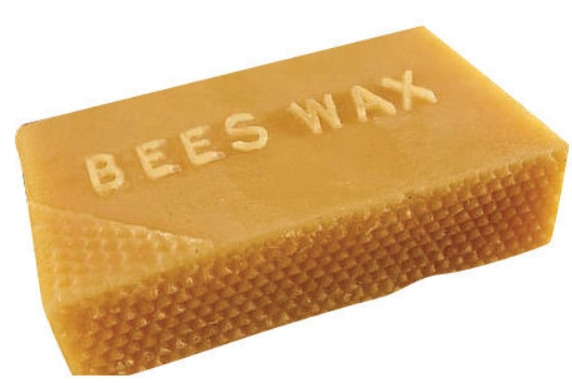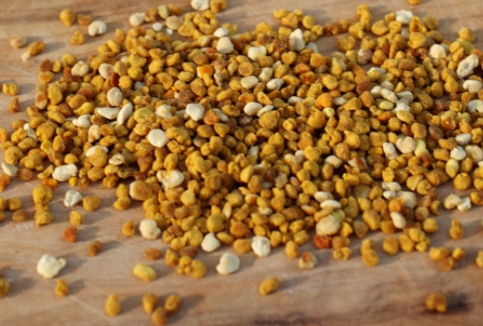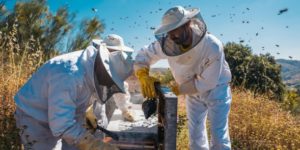When I became interested in bees, I knew nothing about this topic. We’ve been buying honey 5 or 6 times a year, usually when someone was sick. I was attracted primarily by the desire to have additional income for my family in the future. Of course, first of all, there is investment, which is quite large for beekeeping. This is the third year of beekeeping, and there is no income, only expenses. In some businesses, the return on capital comes after a few weeks or months or after a year. It is completely different in beekeeping. This is of course not just my experience. First you must learn to be a beekeeper – which is otherwise very complicated. And that is a first benefit of bees. New interests that awaken in a person, a lot of reading. Today, that includes a lot of reviewed video material of other beekeepers.
Honey as a food for bees that they use during the year and whose meaning is storing in a bee colony for winter days may seem to someone who knows little about beekeeping to be a basic item of income, and thus a benefit for the beekeeper. If we only mention the fact that for large beekeepers, by which I mean beekeepers who have more than 300 hives, the income from honey is mostly used for workers’ salaries, then one can only guess what the potential benefits of doing this business are.
Five centuries before Christ, the Greek historian Herodotus, describing the Scythian people who were in contact with the ancient Slavs, cited the trade in honey and wax as a very important activity. The wax that bees create allows honeycombs, small hexagonal containers for nectar, pollen, water and a brood laid by the queen to be built in the hive. A bee cannot secrete wax for the rest of its life, worker bees secrete wax from the age of three days to eighteen days. In modern beekeeping, where the making of honeycombs in bee frames is directed in the hives, the melting of the same honeycomb is done after a few years. By melting this honeycomb, a wax is obtained which has several roles. For making hour bases for bee frames, making wax candles.

In order for bees to be able to develop successfully, it is necessary for them to collect pollen in addition to the nectar they bring into the hive. The combination of pollen and nectar (which over time turns the bees into honey) makes it possible to create the necessary food by which the worker bees in charge of feeding the young brood produce royal jelly. Pollen is used in the human diet in combination with honey to make even healthier diets. Sometimes royal jelly is added to this combination, which greatly contributes to the quality of the bee product.

Pollen can be collected in the apiary only at a certain time of the year and only for a limited period of time by placing so-called pollen catchers in the hive itself at its entrance. When a bee that has collected pollen from a flower comes in the summer of the hive and passes through the entrance of the hive to place its collected pollen in the made honeycomb, it passes through a “pollen collector” which is a kind of passage through which only a bee can pass. When the bee passes, pollen falls from it’s legs, which is collected at the bottom of the hive with a special drawer. The pollen collected in this way looks like small balls the size of two or three millimeters of almighty colors.


